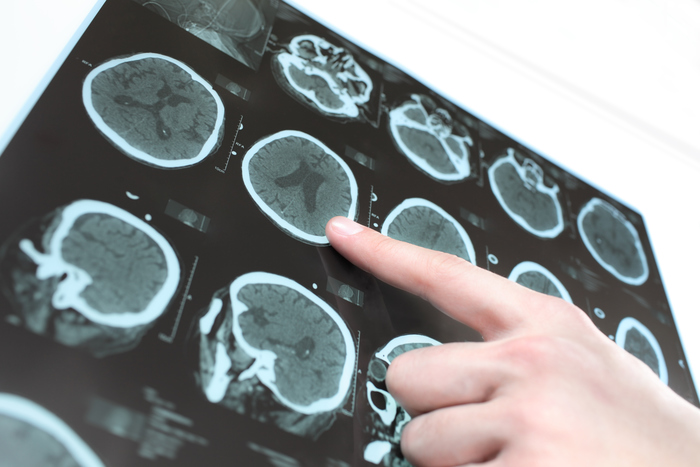When the first Parkinson’s disorders, such as slowness of movement and tremor at rest, appear, the disease is already in an advanced stage. But there are some symptoms that should not be underestimated, which can help to anticipate the diagnosis, such as particularly disturbed sleep. To warn, in view of the World Day of Parkinson’s Disease which is celebrated on April 11, is the Italian Society of Neurology (Sin), which reiterates the importance of intervening soon with targeted therapies against this disease which affects 5 million of people in the world, of which about 400,000 in Italy.
Parkinson’s occurs around age 60, but between 10 and 20 percent of patients start having symptoms even before age 50, according to data from the Michael J. Fox Foundation. And these juvenile-onset forms appear to be on the rise. Just as it is estimated that the number of affected patients is constantly increasing, which will lead to 6,000 new cases every year in our country over the next 15 years. The cause of this neurodegenerative disease is the abnormal presence of alpha-synuclein protein aggregates in the brain, which leads to the selective death of dopamine-producing neurons. Often, by the time the diagnosis is received, over 60% of dopaminergic cells have already degenerated.
“Starting treatment at an early or even pre-symptomatic stage – explains Alfredo Berardelli, Sin president and professor of Neurology at La Sapienza University of Rome – is important both to control symptoms and to slow down the evolution. In these phases, in fact, the dopaminergic or neuroprotective drugs under study could modify its course “. To diagnose the disease in the pre-symptomatic phase, attention must be paid to non-specific clinical manifestations such as lack of smell, depression, but also, as recent research confirms, the behavioral disorder during REM sleep: about 60% of patients who scream, they kick, throw punches, in fact, Parkinson develops within 10-12 years. To date there is no definitive cure but drugs are available that can control symptoms, which can also be associated with therapies such as focused ultrasound and deep brain stimulation. Scientific research continues but needs ever more precise data.
“Movement disorders are a source of a high degree of disability but precise epidemiological data on the distribution of these diseases are not available – underlines Mario Zappia, president of the Limpe-Dismov Academy. ), which aims to allow the systematic collection of clinical data on subjects affected by different types of movement disorders, residing in different regions, in order to evaluate, archive and make them available for studies and research “. This will make it possible to “define the prevalence and incidence of these pathologies at a regional and national level and to identify clinical subtypes together with risk factors and protective factors”, concludes Leonardo Lopiano, president of the Limpe Foundation. Among the latter, “healthy eating and regular physical activity have also been shown to play an important role”.
To celebrate the World Parkinson’s Day, established in 1997 by the European Parkinson’s Disease Association, 11 April was chosen, the birth date of James Parkinson, the English doctor who in 1817 described ‘agitating paralysis’ for the first time. For the occasion, events and awareness-raising initiatives have been organized all over the world and there will be many monuments that will be illuminated in blue tomorrow.
–


